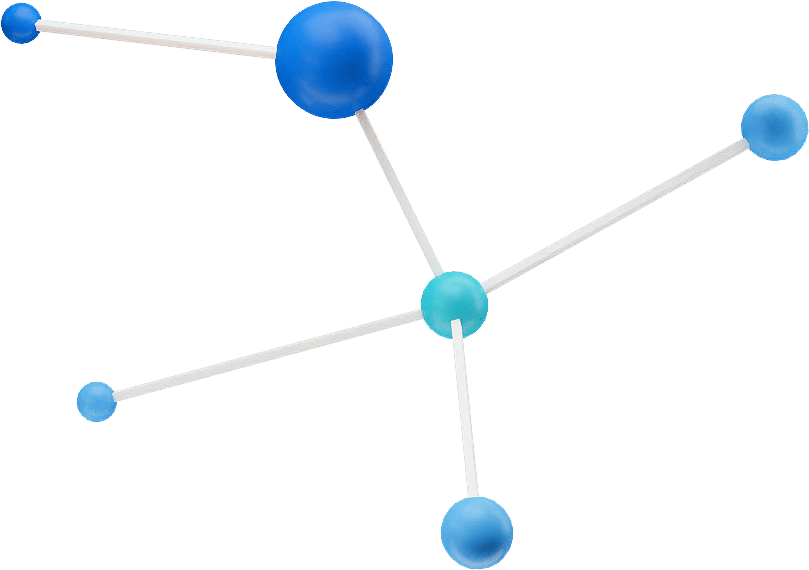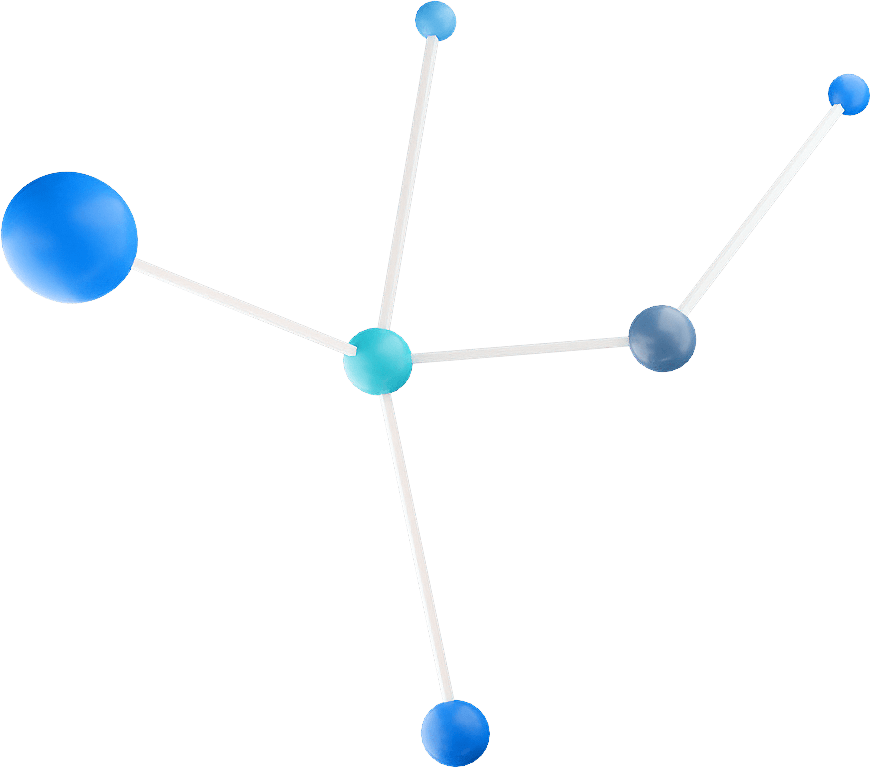Belong + Atlassian
Once the switch happened, it was absolutely seamless…It's very intuitive – that's been really key in improving the flow of work.
Lambros Kallianiotis
CTO






Industry
Telecommunications
Location
Asia Pacific
Number of Users
500
Atlassian Products
Apps Used
Solution Partner
Belong’s seamless move to Atlassian
The telco transitioned to a new toolset while enhancing an already-strong team culture and workflow.
Belong is far from your average telecom company. A subsidiary of Telstra, it was launched in 2013 to help customers looking for simpler, lower-cost plans.
Belong’s core philosophy is that internet and mobile services should be affordable and straightforward to use. They’re on a mission to make the world a more inclusive place by doing the right thing – for both customers and the planet. They're also Australia’s first certified carbon-neutral mobile and internet provider.
The company is lean and agile and has grown rapidly as they’ve built out capabilities. Doing so has demanded bold thinking and a willingness to transform the way their people work. “Over the past three years, we’ve gone through a whole digital transformation of technology, people, and ways of working,” says Lambros Kallianiotis, previously Belong’s Head of Engineering and now its CTO.
Belong sought a better framework to scale sustainably. One of their key needs was a flexible software solution allowing for full visibility into what each team was doing – from feature development to production incidents – and a way to manage that work and optimize the flow across teams.
With the move to Atlassian products and the help of global professional services company Accenture, Belong was able to maximize productivity and collaboration between teams and the software they use while continuing its transformation journey. And with the benefit of much-improved dashboards and reporting, teams have more autonomy and ownership over their work, plus a better sense of how their efforts benefit the company’s overall mission and results.
When choosing to consolidate on Atlassian, we thought about the people who were going to be using the tools – not just the tools themselves. That was the driving force around our decision-making."
Hamdam Bishop
Technology Operations Lead
Take what works and make it better
Belong’s decentralized model places unique demands on how its dev and ops teams work – essentially, “you build it, you own it, you run it.” The teams that build new features and products function as ongoing custodians, running those features and products through production. Service delivery has to be customer-focused, automated, and aligned with agile ways of working.
“Our teams are building features, they're busy delivering new products, but they're also supporting production at the same time,” says Hamdam Bishop, Technology Operations Lead. “We wanted the tools they used to be really easy, intuitive, and integrated into their ways of working as well.”
The teams were already using Confluence and Jira but had only scratched the surface of what the products could offer. Using Atlassian for some team processes but relying on different tools for others – including IT service management – was leading to disconnected workflows. Lambros says the system as it stood wasn’t intuitive, didn’t provide a solution to the teams’ core challenges, and was hard to use and expensive.
Belong’s leadership recognized the need for a true internal digital transformation, with major reinvestments allowing teams the flexibility and information they needed. Their primary focus in choosing a solution was finding one that allowed teams to keep working in the ways that made them lean and successful.
Andrew Purcell, Belong’s Head of Delivery and Transformation, says "the collaboration and planning that happens across teams is critical to delivering outcomes for our customers.” Hamdam adds, “When choosing to consolidate on Atlassian, we thought about the people who were going to be using the tools – not just the tools themselves. That was the driving force around our decision making.”
Why standardize on Atlassian?
Belong adopted Jira Align to create greater visibility across the company’s squads with a comprehensive roadmap view, an understanding of dependencies, consolidations of risks, and track value realized across each program increment beyond what was possible only using Jira. This consolidated disconnected planning boards, ad-hoc reports, and manual extracts into a single digital source of truth for delivery planning and has enabled product management leaders to align OKR (outcomes) with Epics (outputs) and visualize a roadmap of all work.
Andrew says that "Enabling our product teams to continue working in a toolset they know, whilst giving our product and organization leadership a broader and more holistic visibility across all of our missions, has been key to gaining valuable insights to drive action.”
Hamdam says that when Belong assessed its options for operations, Jira Service Management was the tool that best fit what the company needed. Since Belong was already using some Atlassian products in development and engineering, it was logical to expand its use to related tools. With a solid base of familiarity, integration would be easier, and teams would face a flatter learning curve as they adapted to new tools, enabled by Atlassian’s connected platform.
“We saw that Atlassian’s platform had the ability to be customized and tailored to the way we work,” Hamdam says. “That was really important for us. We looked at our process, and then looked at ‘what's the tool that will support and enhance and enable us to deliver on those processes?’”
Where some solutions required three or four tools to address some of the issues teams were looking to solve, Atlassian combined workflows to minimize context switching, ultimately saving teams time they could use to do more value-add work. When all was said and done, moving to Jira Service Management paid for itself in about a year.
We’re getting more from the teams, and they're happier because they're actually shipping more often.”
Lambros Kallianiotis
CTO
Managing a smooth transition
With the decisions made to adopt Jira Align and transition to Jira Service Management, Belong worked with Solution Partner Accenture, a global professional services company, to integrate into Belong’s agile processes and seamlessly move from legacy toolsets to Atlassian’s products.
“The way the tech toolset supports Belong’s way of working was super important,” notes Nick Howard, Technology Lead at Accenture. "It applies across the teams working day to day – they can do things like connecting a Jira backlog item straight into Confluence, which enables traceability and promotes transparency. That's how Atlassian's technology supports company culture as well.”
To make the transition as efficient as possible, Accenture helped the Belong team, across all organizational levels, to learn the most effective usage of Atlassian’s products through training, brainstorming solutions to challenges, and at times, a “test and learn” approach.
Nick says that the key to successful adoption was the way Belong and Accenture collaborated as partners to test each other’s thinking on the transition.
The approach worked.
“While there was a lot of pre-work that went into it, once the switch happened, it was absolutely seamless,” says Lambros. “The teams just picked it up. Jira Service Management made so much of an improvement to the visibility and the metrics we can get. It's also very intuitive – that's been really key in improving the flow of work.”
Andrew adds that “Jira Align has accelerated the continuous uplift of our agile ways of working, through augmenting and not disrupting our existing tools and processes.”
The way the tech toolsets support Belong’s way of working was super important…you can do things like connect a Jira backlog straight into Confluence, which enables traceability and promotes transparency. That's how Atlassian's technology supports company culture as well.”
Nick Howard
Technology Lead at Accenture
Delivering value as a connected team
After standardizing on Atlassian’s platform, Belong’s teams can now easily see organizational objectives and tie them to department-level projects, what teams are working on, and even what an individual is doing. This ensures teams – and the individuals they’re composed of – are spending their energy on the right things and can see how their work connects to business outcomes. With that improved visibility, team members have more insight into the thinking behind corporate decisions and the outcomes of those decisions. That’s beneficial to the company, of course, but also helps employees feel better about their work. “We’re getting more from the teams, and they're happier because they're shipping more often,” says Lambros. Through the use of Atlassian’s products, Belong has enabled teams to tell a clear story about what they do and how it connects them to strategic initiatives.
Higher up the corporate structure, Hamdam, Andrew, and Lambros also agree that Atlassian has given them increased visibility, satisfaction, and productivity, as well as an improved ability to identify potential growth areas.
Prioritizing people over tools
Belong's leadership continually focused on how the tools they chose would fit into their team's work, rather than the other way around. This emphasis on people and processes, plus ample education and training, made for a smooth change management process throughout the organization. And choosing a connected platform of Atlassian products meant a successful transformation for Belong.
Related story
Dominos
IT leadership at Domino’s streamlines DevOps with Atlassian
